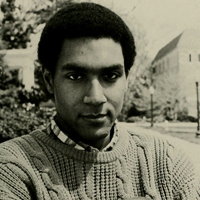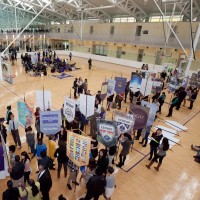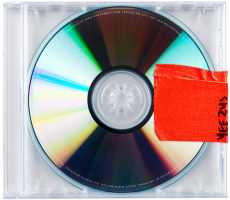
February 11, 1990. I was a senior in college, living in an off-campus house with two housemates and a mildly psychotic cat. Almost all of the streets in the town of Swarthmore are named after colleges; I lived on Kenyon Avenue (one of those strange coincidences that one seems to collect as one gets older), a small, quiet street in a multiracial, working-class neighborhood. I heard the news first via the car horns, then as families began to gather in the street, forming a spontaneous and joyous parade. Nelson Mandela, a hero to many of us, imprisoned for twenty-seven years, had been released from prison.

Traditions and ceremonies bring a community together, providing an opportunity to renew our connections to each other, the institution, and our shared values. We certainly did that on Saturday, whether by sharing in collective awe and silence during “Amazing Grace” at the formal ceremony, singing “Kokosing Farewell” in the rain in front of a brightly lit Old Kenyon, or screaming the lyrics of “Hey Jude” en masse in a packed Peirce Hall.

Powerful lessons sometimes arise from simple acts such as getting on a bike and riding farther than you thought you could do; volunteering with hundreds of others to support an important cause; or talking with a man standing on the road with a sign that says “Thank you for saving my wife.”

As with the other major pop culture touchstones of the summer (Terry Francona’s first season managing the Indians; “Man of Steel”; the new album by Kanye West; and the new novel by Meg Wolitzer), the excitement around the Gambier July 4th parade inevitably raised the question, “Does it live up to the hype?”




